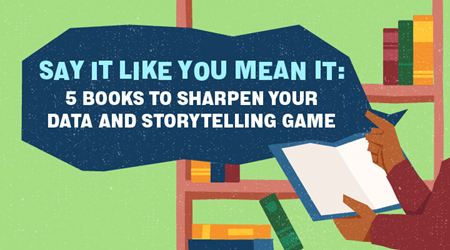WFH: Breaking The Barriers To Communication

Currently, there are many things about the COVID-19 situation that we still don’t know. How long will the pandemic last before a cure or vaccine is found? What are the safeguards needed?
During this time, work teams need to know their work expectations, how to coordinate work to be done and even how long work from home (WFH) measures will be in place. If these information needs are left unmet, they can cause confusion, frustration or anxieties – leading to lower satisfaction and productivity at work.
To reduce such uncertainties and ill effects, team leaders and supervisors should be clear and intentional in their communication with team members.
Obstacle: The lack of mutual knowledge
“Mutual knowledge” refers to the shared information that everyone has. In a work context, this could be knowledge about an upcoming meeting, or knowing what conditions your colleague will face throughout the week.
In a WFH arrangement, the physical and psychological distance among team members contributes to a decline in mutual knowledge. Employees have to spend more time gathering necessary information, which affects decision-making and team relationships. Team members are less able to pick up specific social cues than when they were sharing the same workspace, and this can lead to staff being less likely to give their colleagues the benefit of the doubt.
Overcome: Have regular check-ins
Set regular check-ins at predictable times each week to connect with remote workers. This will give employees a space to raise concerns and questions that they may have with each other and with management. If the check-ins are done in a group setting, it is also an opportunity for employees to connect and catch-up with one another to build mutual knowledge.
For projects that require more collaboration, use video calls instead of emails. The opportunity for immediate clarification and sharing screens provide team members with the visual cues needed to reduce misunderstandings.

Obstacle: No routine and structure
A nationwide survey of US knowledge workers by business communication platform Slack found that a commitment to team goals helped improve one’s WFH experience. Yet, committing to goals can be difficult for those who need the structure of the workplace and office hours to be productive.
While working from home, there may be uncertainties about what is expected. For example, when should a video call be used and when will an email suffice? What are the team’s deliverables when WFH measures are in place? Which tasks should be prioritised during this time?
According to management consultancy Gallup, only some 6 in 10 employees know what is expected of them. As “employees can only be accountable for what’s expected of them”, the lack of clarity is a problem for remote workers.
Overcome: Set clear goals, expectations and boundaries
Build accountability with clear expectations. Let staff know what the new deliverables are, if priorities have changed, and the expectations for the proper way and timing to communicate during work.
For example, be explicit about what communication tools should be used in different situations – for instance, video conferencing for meetings and instant messages for urgent issues.
For those who need more structure, Gallup also suggests setting up a daily team video-conference so people can see each other as they work, or to provide reminders at regular intervals for staff to keep track of their progress.

Obstacle: Unpredictable events
Despite business continuity plans, surprises can happen. These situations include a sudden illness within the team, Internet connections failing or last-minute changes such as project cancellations. Communication can also break down if unexpected events send the team into confusion.
Overcome: Prepare for the unexpected
A study in the Academy of Management Journal recommends doing the following to recover from surprise events.
- Reorganise roles: Have a concrete plan for how work will be handed over, and create a buddy system so employees know which colleague they can pass tasks to or whose tasks they should cover to fill the gap.
- Be flexible: See if it's possible to change the order that work is done in so processes can continue to run if one team unit is busy or part of a project is not ready.
- Change the approach: Use multiple technology platforms where possible. For example, use webinars instead of in-person lessons for employee training.
- Be patient and kind to others and yourself: People will need time to adjust to new things.
Factor in situations of technical failure, and have back-up plans and alternatives for communication channels in case of disruptions. These practices, which require intentional communication, will prepare you for situations where work must be done remotely for the long run.
Even after COVID-19 subsides, WFH arrangements may be here to stay as public officers and agencies get used to different ways of working, and the Public Service rethinks the future of work. So take the time to set up processes and build good habits to make this experience a smooth one for all.
- POSTED ON
Jul 7, 2020
- TEXT BY
Fiona Liaw
Ken Chen, HTBSC, MHA








